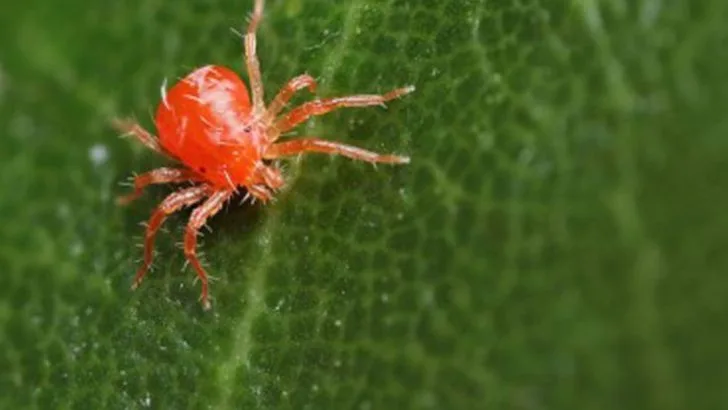Nothing is more frustrating than watching your plants thrive, only to see them damaged by common garden pests. From aphids sucking sap from leaves to caterpillars chewing through foliage, these unwanted visitors can quickly harm your garden if left unchecked.
The key to protecting your plants is early identification and using natural, eco-friendly treatments to control infestations. Whether it’s introducing beneficial insects like ladybugs, using homemade organic sprays, or applying companion planting techniques, there are many ways to keep your garden pest-free without resorting to harmful chemicals.
Learn how to spot, prevent, and treat the most common garden pests to ensure your plants stay healthy, strong, and productive all season long!
Aphids
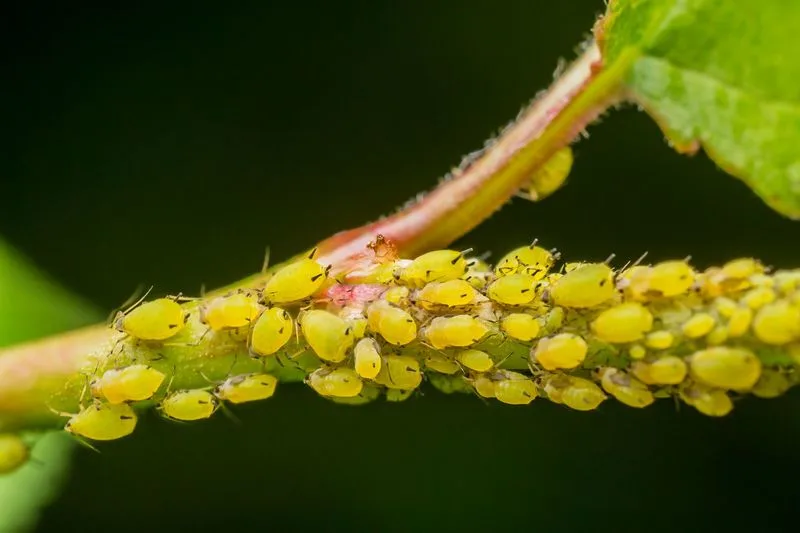
Aphids are minute, soft-bodied insects, often seen clustering on new plant growth. Their diverse colors, ranging from green to black, make them adaptable to various environments. These pests feed on plant sap, causing leaves to yellow and curl. A gentle spray of water can dislodge them, while introducing ladybugs provides a natural control method. Aphids are also known to excrete a sticky substance called honeydew, leading to sooty mold growth. Regular inspection of plants helps catch infestations early, minimizing damage. In organic gardens, neem oil is a favored treatment, disrupting aphid life cycles effectively.
Slugs and Snails
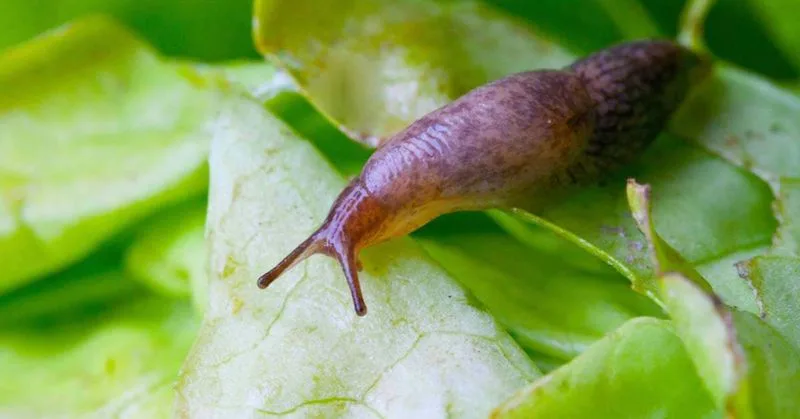
Slugs and snails, with their slimy trails, are nocturnal creatures often found after rain. They feast on soft leaves and tender seedlings, creating holes and decimated foliage. Beer traps are a popular and environmentally friendly approach to capture them. Handpicking during dawn or dusk is another effective method. These mollusks are most active in damp conditions, making gardens with heavy mulch more susceptible. Copper tape around pots deters them, as it gives a slight shock. Balancing soil moisture and removing debris helps maintain a less inviting habitat, reducing their prevalence.
Japanese Beetles
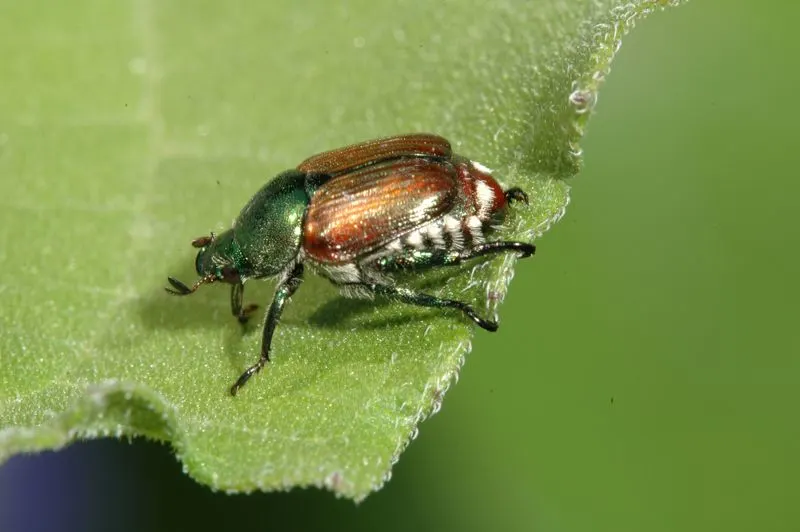
Known for their striking metallic colors, Japanese beetles are notorious for skeletonizing leaves. These beetles often swarm, causing significant damage in numbers. Handpicking is effective during peak activity in the morning. They’re partial to roses and fruit trees, making them common garden visitors. Neem oil and insecticidal soaps provide an organic way to manage infestations. A soapy water spray can deter them temporarily. Traps are available but should be placed strategically to avoid attracting more beetles to the garden. Encouraging birds, natural predators, can also help keep their populations in check.
Caterpillars
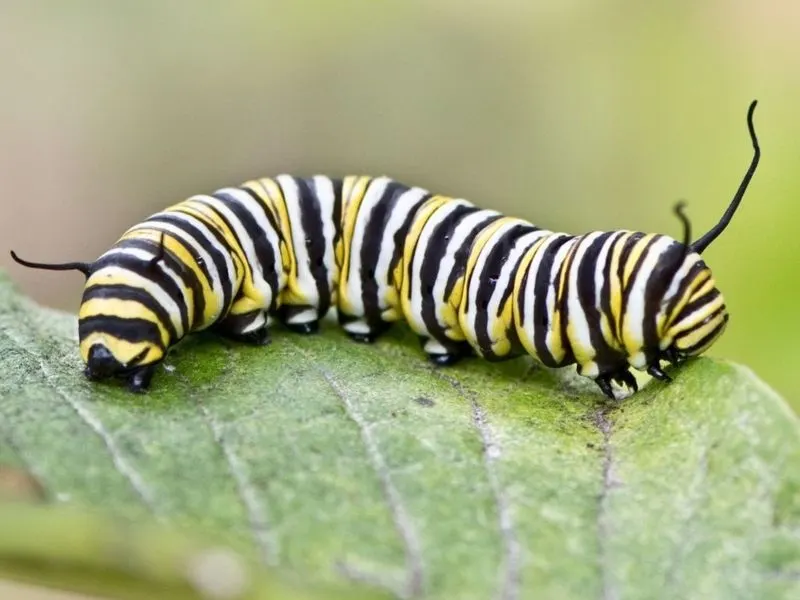
Caterpillars, the larval stage of butterflies and moths, are voracious eaters that can defoliate plants rapidly. They come in various shapes, sizes, and colors, some even mimicking twigs or leaves. Handpicking is effective but requires diligence. Bacillus thuringiensis (Bt) is a biological pesticide targeting caterpillars without harming other wildlife. Creating a habitat for birds encourages natural predation. Regular monitoring and removing egg clusters can prevent large outbreaks. Recognizing their frass, or droppings, on leaves is often the first sign of their presence. Planting companion plants like dill can deter them naturally.
Spider Mites
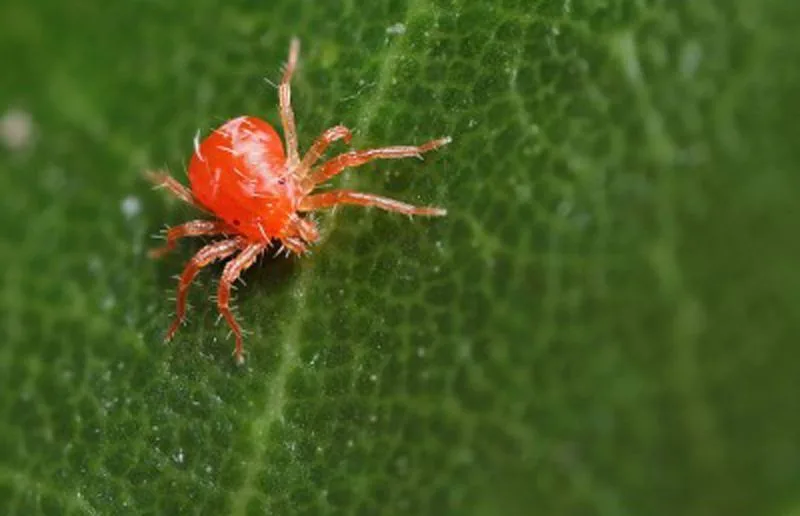
Spider mites are minuscule arachnids, barely visible to the naked eye, known for spinning fine webs under leaves. These pests thrive in hot, dry conditions, sucking plant juices and causing speckled leaf damage. A forceful spray of water can remove and kill many mites. Maintaining humidity and using insecticidal soap are preventive measures. Introducing predatory mites serves as a biological control, balancing the ecosystem. Monitoring is crucial, as early detection helps manage infestations effectively. Utilizing neem oil disrupts their reproductive cycles, offering a sustainable solution for persistent problems.
Whiteflies
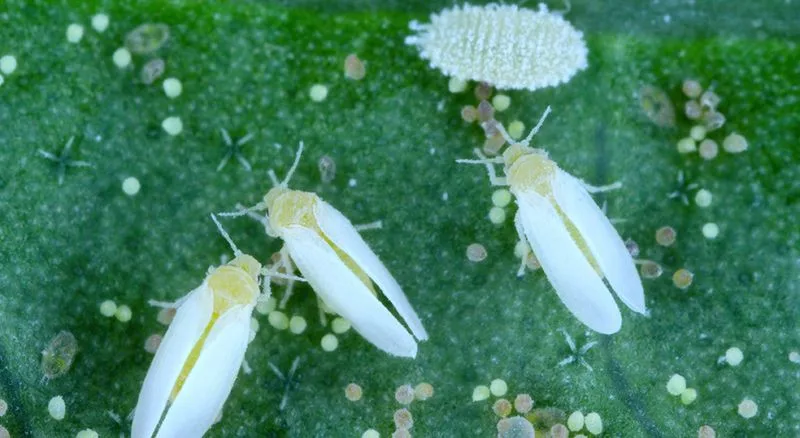
Whiteflies, tiny winged insects, are often found on the undersides of leaves. They suck sap from plants, leading to weakened growth and yellowing foliage. Regularly shaking plants can reveal their presence as they take flight. Sticky traps and insecticidal soaps offer effective control. The introduction of natural predators, such as ladybugs and lacewings, helps manage populations naturally. Whiteflies also produce honeydew, similar to aphids, encouraging sooty mold growth. Consistent monitoring and removing heavily infested leaves can prevent spread. Creating an unwelcoming environment with reflective mulch reduces infestations.
Cutworms
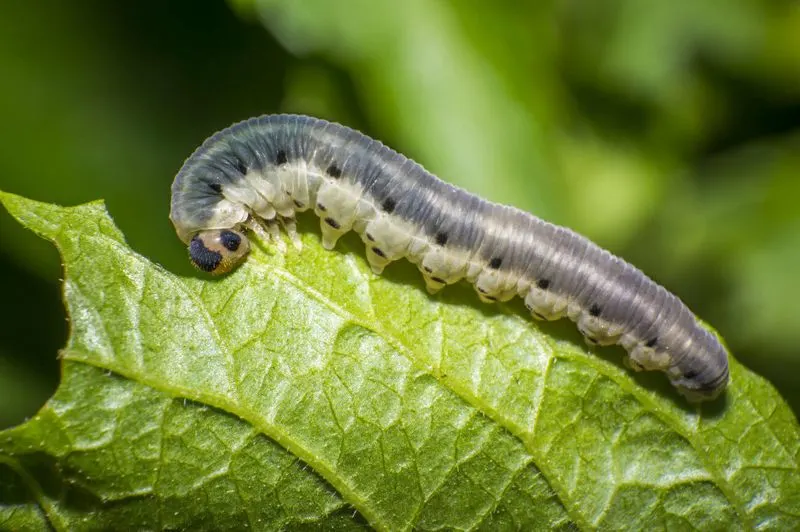
Cutworms are notorious for severing seedlings at the base, often unseen until damage is done. These plump, smooth larvae curl around stems, cutting through them as they feed. Employing collars around young plants can protect them. Evening inspections and handpicking are effective controls. Tilling the soil exposes them to predators. Birds and beneficial insects like parasitic wasps provide natural deterrence. Crop rotation and removing plant debris reduce habitat availability. Understanding their nocturnal habits helps in timing interventions, ensuring seedlings remain unharmed and continue to grow robustly in their early stages.
Thrips
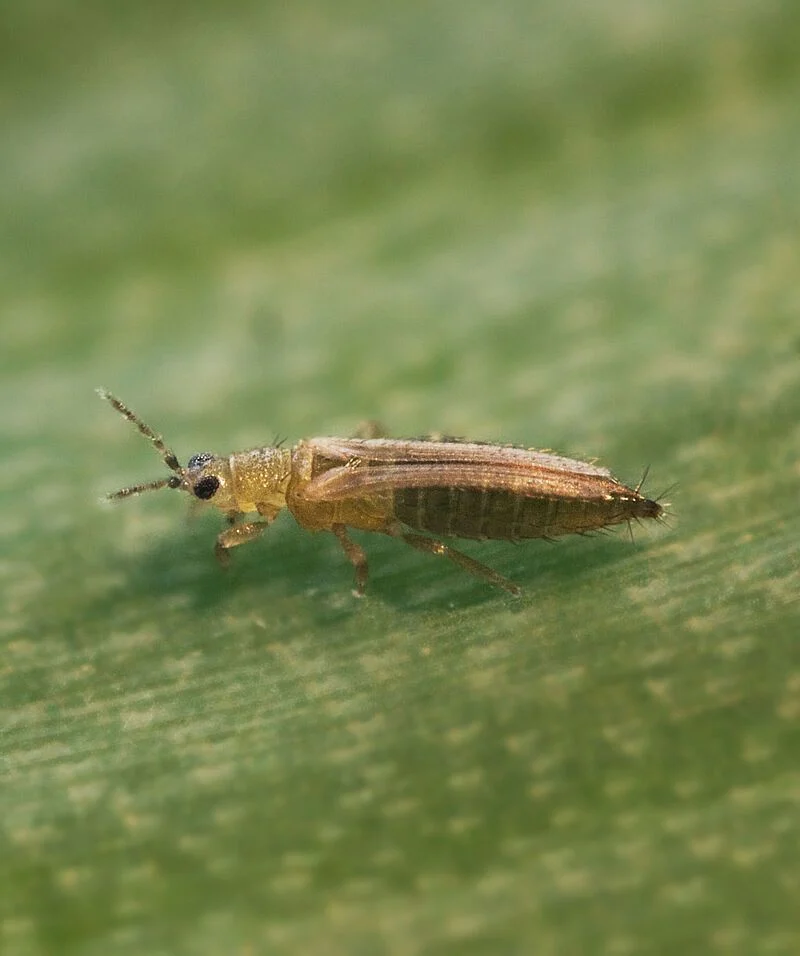
Thrips are tiny, slender pests that scrape plant surfaces, leaving silver streaks and distorted growth. Their feeding can transmit plant viruses, compounding damage. Using blue or yellow sticky traps aids in monitoring their presence. Insecticidal soap and neem oil offer control when populations surge. Thrips often hide in flower buds or leaf folds, making early detection challenging. Encouraging predatory insects like minute pirate bugs can reduce their numbers naturally. Regularly washing plants and maintaining garden hygiene are proactive strategies. Reflective mulch can deter them by confusing their navigation systems.
Earwigs
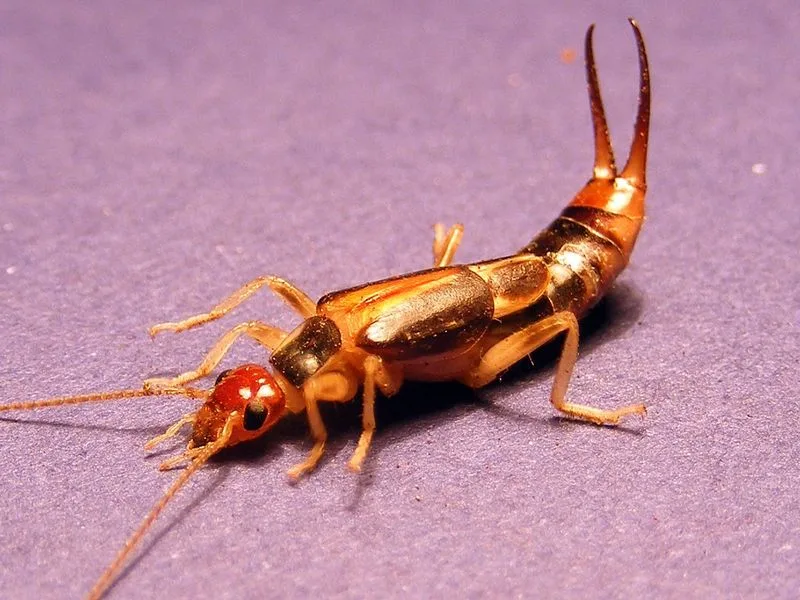
Earwigs, recognizable by their pincers, are often found in damp, dark environments. While they can be beneficial by consuming decaying matter, they occasionally turn to young plants. Creating traps with rolled-up newspaper can capture them effectively. Ensuring garden cleanliness and reducing excess moisture helps limit their numbers. Handpicking and relocating them is feasible for smaller infestations. Raised beds with good drainage deter their presence. Earwigs are generally nocturnal, so evening checks are optimal. Balancing their role in the garden, they are more of a nuisance than a persistent threat when managed well.
Grasshoppers
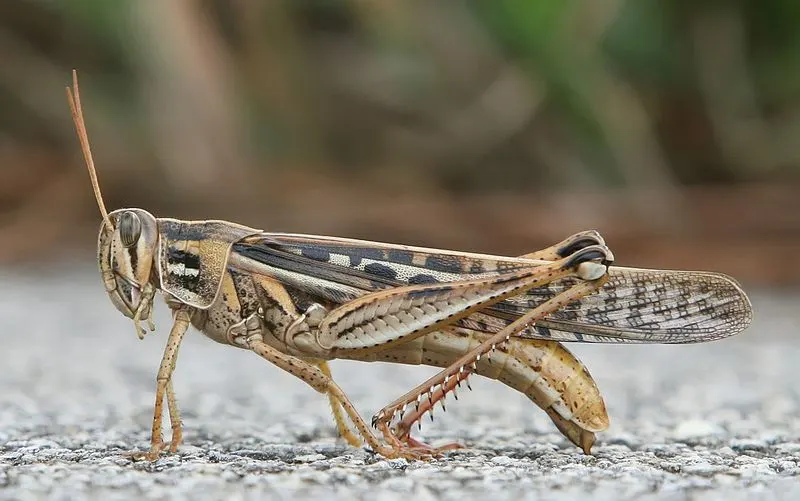
Grasshoppers are formidable eaters, capable of stripping plants in no time. Their powerful legs enable them to leap great distances, evading capture. Netting can protect vulnerable plants. Birds and frogs are natural predators, helping control grasshopper populations. Using garlic or hot pepper sprays offers a deterrent without harming other wildlife. Grasshoppers prefer sunny, dry conditions, so maintaining soil moisture and plant diversity can reduce their appeal. Encouraging biodiversity encourages natural checks and balances. Vigilance is key, as these insects can quickly decimate a garden if left unchecked.

